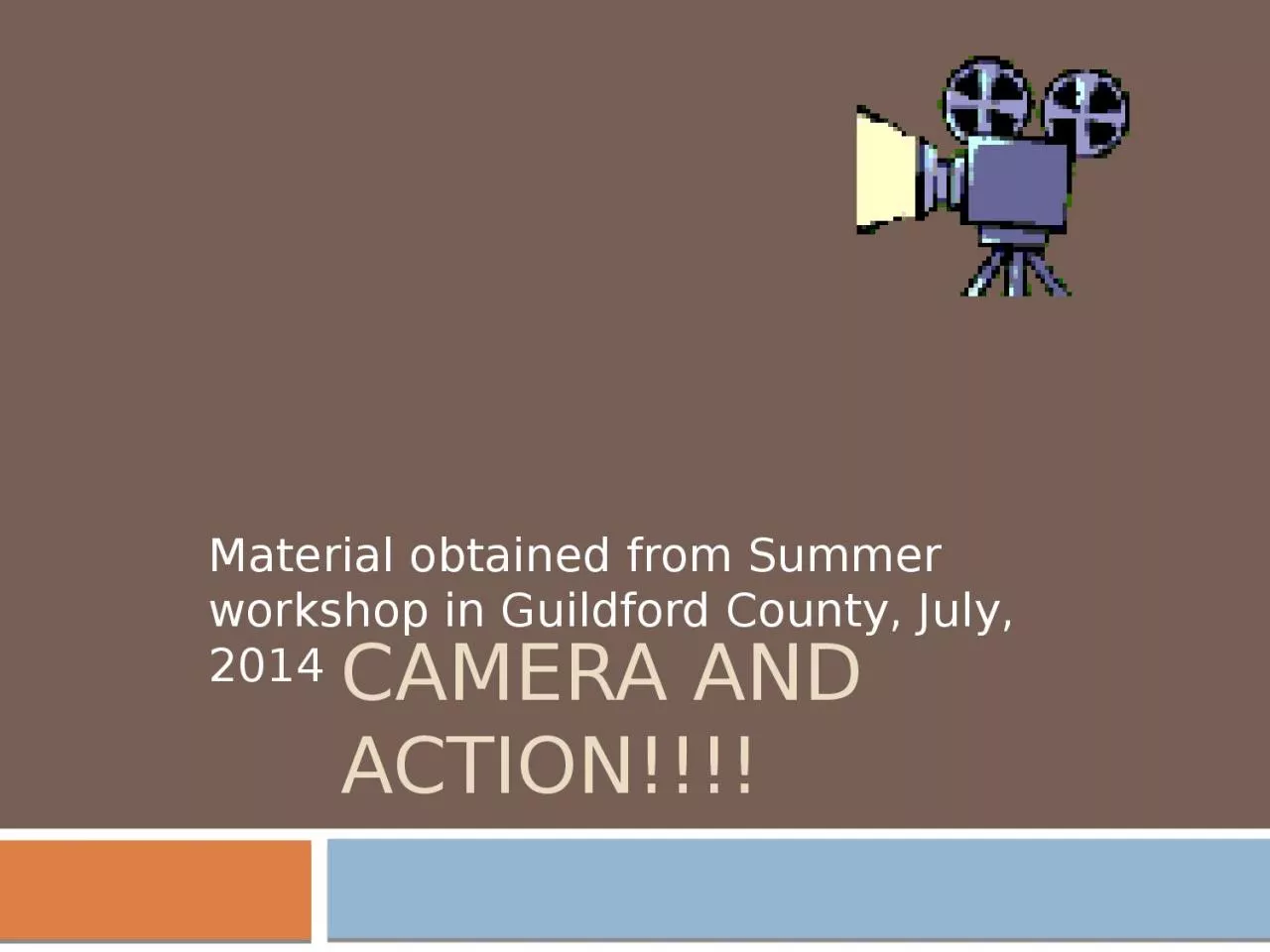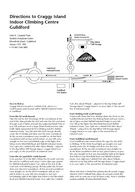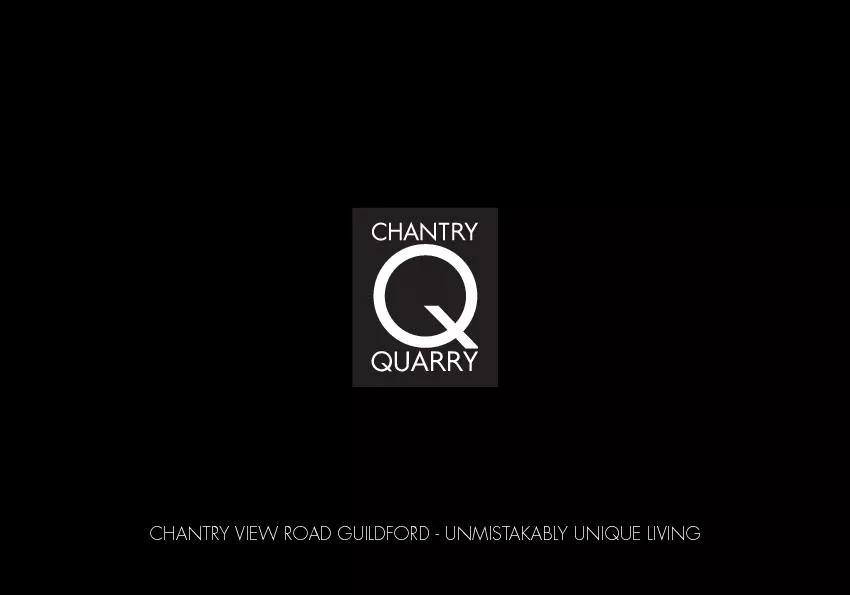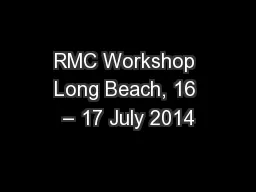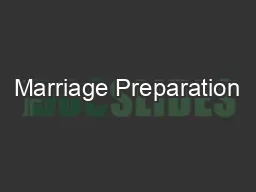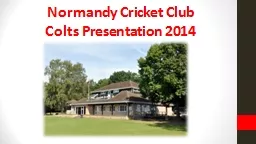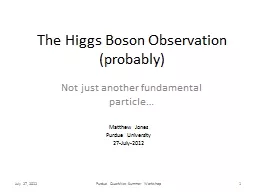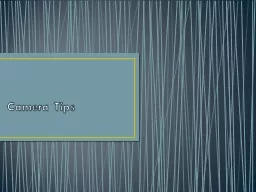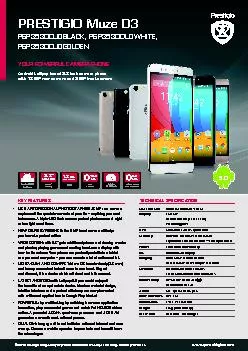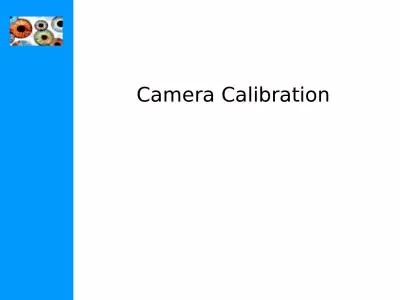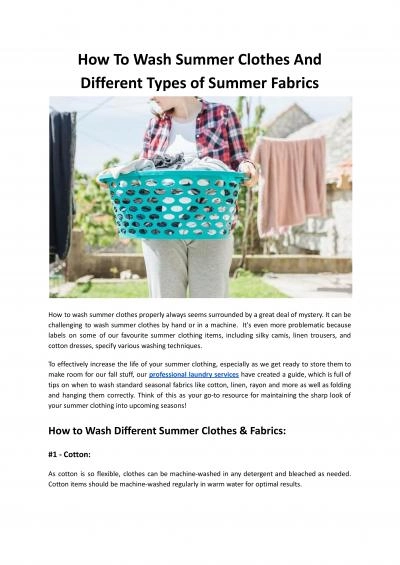PPT-Camera and Action!!!! Material obtained from Summer workshop in Guildford County, July,
Author : bella | Published Date : 2023-11-12
Four Elements of Using Cameras Where you are standing as you view the scene is the camera location or the eye location Where you are looking is the center of
Presentation Embed Code
Download Presentation
Download Presentation The PPT/PDF document "Camera and Action!!!! Material obtained ..." is the property of its rightful owner. Permission is granted to download and print the materials on this website for personal, non-commercial use only, and to display it on your personal computer provided you do not modify the materials and that you retain all copyright notices contained in the materials. By downloading content from our website, you accept the terms of this agreement.
Camera and Action!!!! Material obtained from Summer workshop in Guildford County, July,: Transcript
Download Rules Of Document
"Camera and Action!!!! Material obtained from Summer workshop in Guildford County, July,"The content belongs to its owner. You may download and print it for personal use, without modification, and keep all copyright notices. By downloading, you agree to these terms.
Related Documents

